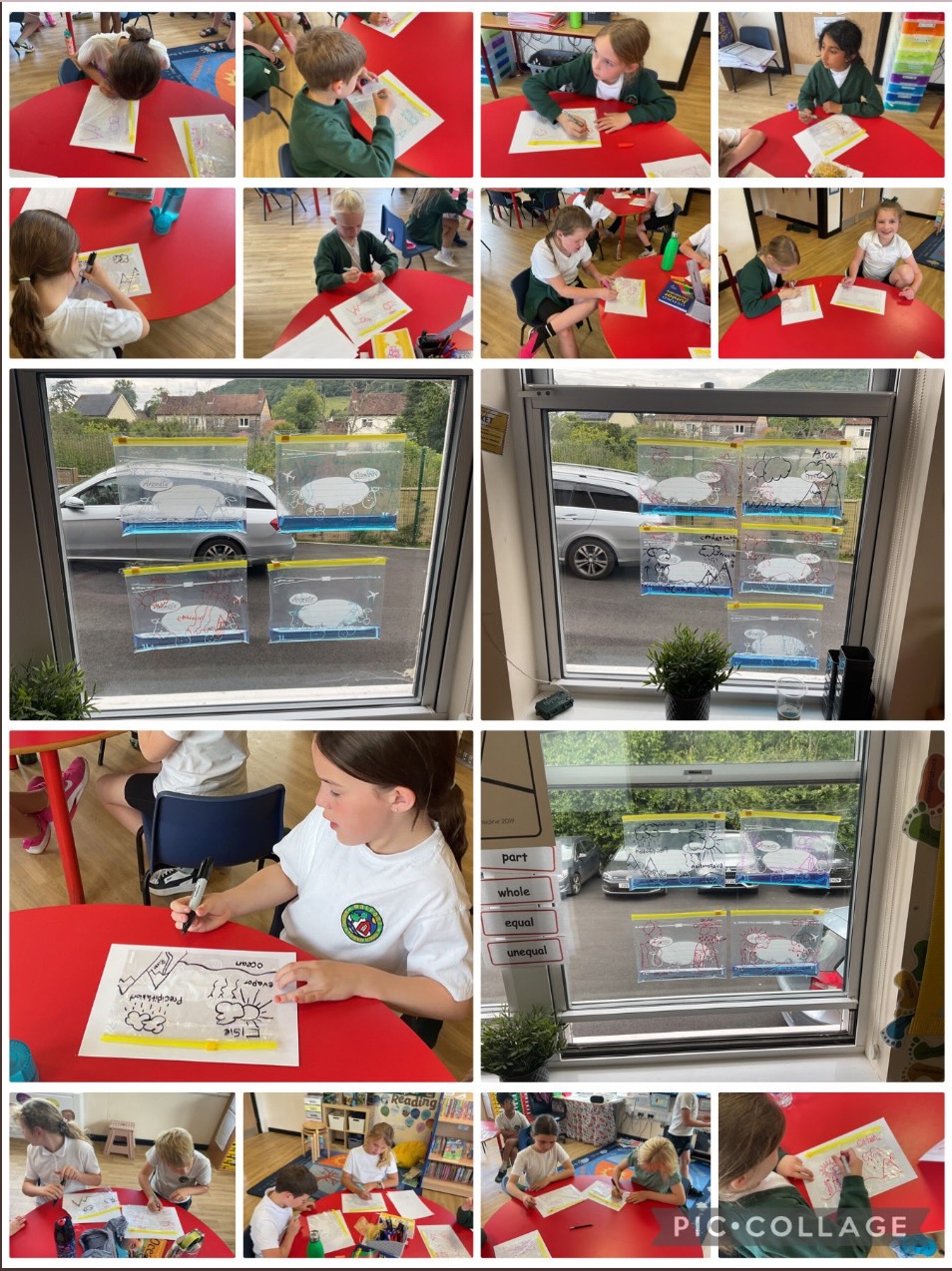Learning objective
- To describe how the water cycle works.
Success criteria
- I can identify the different ways
This content is for subscribers only. Join for access today.
National curriculum
Geography
Human and physical geography
This content is for subscribers only. Join for access today.
Cross-curricular links
Science
States of matter
Pupils
This content is for subscribers only. Join for access today.
Before the lesson
This content is for subscribers only. Join for access today.
Lesson plan
Recap and recall
Before starting this unit you might want to check children can recall: Where can you find water? (Rain, rivers, lakes, ponds, seas, oceans, reservoirs and from taps.) Why water is important? (Drinking, washing, leisure activities, such as swimming, sailing or fishing and transport, as a natural habitat for plants and animals, it is vital for…
This content is for subscribers only. Join for access today.
Extended-mode explainer videos
How to extend your display to view the lesson page and preseantion mode simultaneously. Choose your operating system below to watch the video
If you need further support with extending your display,
please contact [email protected].
Extended-mode explainer video: For Mac
Extended-mode explainer video: For Windows
Adaptive teaching
Pupils needing extra support
Can use the Activity: Water cycle labels (support) and the Presentation: The water cycle to support with labelling their diagram of the water cycle. May need support with creating their water cycle in a bag.
Pupils working at greater depth
Could consider where they see the processes in the water cycle in everyday situations (for example, condensation on a window or evaporation when boiling a kettle).
This content is for subscribers only. Join for access today.
Assessing progress and understanding
Pupils with secure understanding indicated by: identifying water stores and
This content is for subscribers only. Join for access today.
Vocabulary definitions
-
condensation
Small water droplets formed when warm air rises and cools down.
-
evaporation
The process in which warm water turns from a liquid to a gas in the air (water vapour).
This content is for subscribers only. Join for access today.
Example work

Walford Nursery and Primary School, Ross on Wye
This content is for subscribers only. Join for access today.
In this unit
Assessment - Geography Y4: What are rivers and how are they used?
Lesson 1: What is the water cycle?
Lesson 2: How is a river formed?
Lesson 3: Where can we find rivers?
Lesson 4: How are rivers used?
Lesson 5: What can we find out about our local river?
Lesson 6: What features does our local river have?
